Swimming is easier than most non-swimmers think it to be. Mastering a few simple techniques and exercising caution can help you take your first lap in the swimming pool sooner than you think. Swimming classes are a great way to learn these techniques in a more structured way.
If you work on these essential techniques as your first step in swimming, the remainder of your swimming journey will be about improving and expanding on these techniques. It involves learning proper breathing techniques when in the water, floating with confidence, and synchronized limb movement (swimming strokes).
Let us discuss the techniques you need to focus on as a beginner at swimming.
Breathing
Breathe in quickly, then exhale fully into the water.
All swimming classes place great emphasis on learning to breathe like a swimmer before you learn to swim like a swimmer.
Keep your attention on a short inhalation when you breathe in. When you exhale, do it slowly and thoroughly.
When to inhale and exhale is pure logic: Inhale when your face is above water and exhale when your head is underneath the water’s surface. Many beginners who try to hold their breath underwater do not do this.
You may learn this breathing by standing in water at a comfortable depth (water level below your chest). Take a quick inhalation and immerse your head in the water. Slowly release the breath, you will see bubbles floating before you when you do this.
Once you have exhaled completely, come out of the water. Do not try to hold your breath after you have exhaled, but come out of the water. Repeat this.
Many swimming trainers advice beginners to inhale with the mouth and exhale with the nose. Wearing swimming goggles can help you keep your eyes open comfortably underwater and see the bubbles float to the surface.
As you practice, increase time underwater by slowing down your exhalations and reducing the time you take to inhale.
Floating
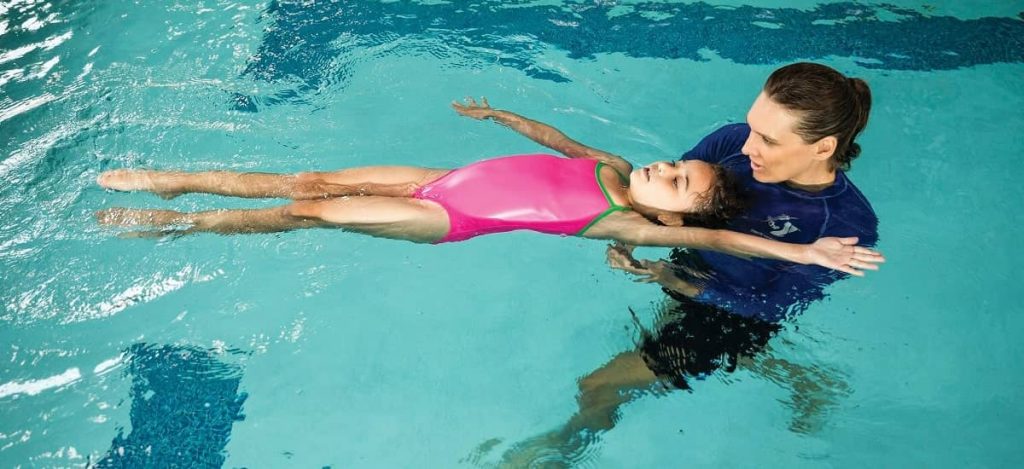
The next critical step in swimming is learning to float. It makes you more at ease in the water and may also allow you to swim longer without getting exhausted sooner.
The first step to floating is feeling relaxed. Get comfortable in the water.
It is recommended to practice floating with a partner who is experienced in swimming or a swim trainer to learn faster and for your safety.
You should learn to float on your belly and your back. Floating on the back could be easier to learn at first.
Floating on your back
Lean back from your standing position in the water (or crouch if the water is shallow) and let go of your legs. Ensure your body is parallel to the surface of the water and lean your head back until your ears are fully submerged in the water, you need not lean back further than that. If you don’t immerse your ear, you could be straining your neck.
Here, because you will be facing up you don’t have to worry about breathing. However, most swimming strokes require the body to be facedown. Hence it is important to master floating face down.
Floating on your belly
Relax in the water. Draw a big breath in before immersing your face in the water and bringing your chin to your chest. Relax your body gradually. Your hips should begin to rise above the water’s surface due to buoyancy. You can start training to float on your belly, by holding a pool rail or the edge of the swimming pool to keep yourself better positioned.
Kicking
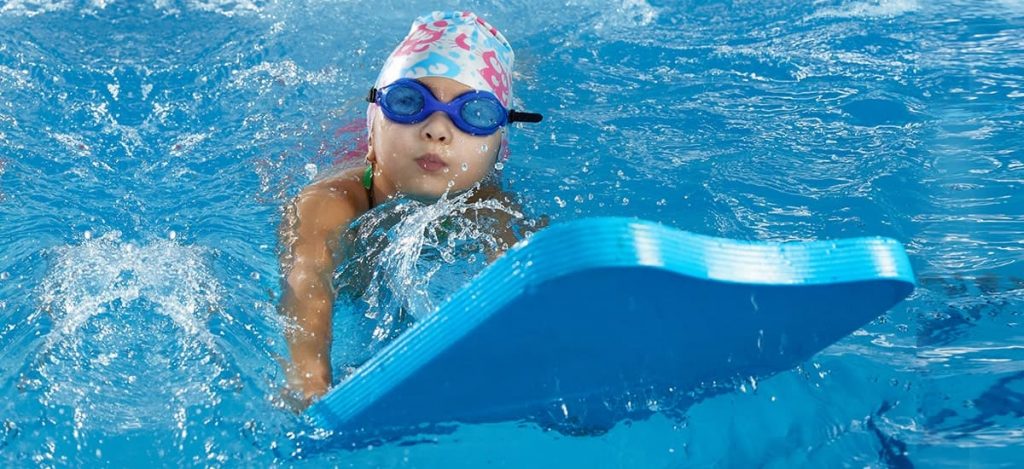
Kicking is the next step in learning to swim. To begin, hold a swim rail or the edge of the swimming pool and float on your belly. Start by flapping your legs in the water to sustain the floating for a longer period. Later, improve your form by keeping your legs straight and reducing the number of kicks required to keep you afloat.
Swimming classes for kids may also ask the student to flap their legs while sitting at the edge of the pool (legs hanging into the water) before they learn to kick inside the water as discussed above.
Use a kickboard to advance your kicking skills. A kickboard is a flat floatation device made out of foam. It can replace the wall or rail of the pool and help you keep afloat by just kicking without making any arm movement. Hold on to its short edge and repeat the kicking.
This can be a little hard to learn, but by mastering strong and steady kick movements you will be able to propel yourself through the water using a kickboard.
Arm movements
Your arms power most of your movement in water when swimming. Begin by pushing yourself from the edge of a swimming pool using your toes, and once you are gliding begin with arm movements and kicking.
The easiest arm movement is that of the front crawl. To do it, reach forward with your dominant hand and take it into the water fingers-first. Underwater, bend at the elbow and sweep up the water behind you. Make full, sweeping movements. The arm movement is asymmetric in this stroke. That is when one hand is underwater and the other is outside.
While doing the arm movements, ensure that your elbow is always above your hand both inside and outside the water.
Stroke techniques
Apart from the front crawl, there are three other main swimming strokes namely, backstroke, breaststroke, and butterfly stroke. The front crawl is the most common and easiest to learn. Once you’ve mastered it, you can move on to the other strokes. You can take the help of a swimming trainer or join a swim class to improve your form and quickly learn the strokes.
Safety
As a beginner in swimming, it is crucial to understand basic water safety rules. Follow the rules of the pool you are using and read all the signs and learn the depth of the water at different places in the pool. When learning it is best to always practice swimming with a buddy. Dive only in designated areas and never dive into shallow water.
If you choose to learn from an experienced swimming instructor or join a good swimming class, you will receive safety training and rules which have to be strictly followed.
Looking for a swimming class for beginners or a private swim instructor to teach you the basics? Get in touch or explore our range of swimming classes in Dubai for all ages and skill levels.

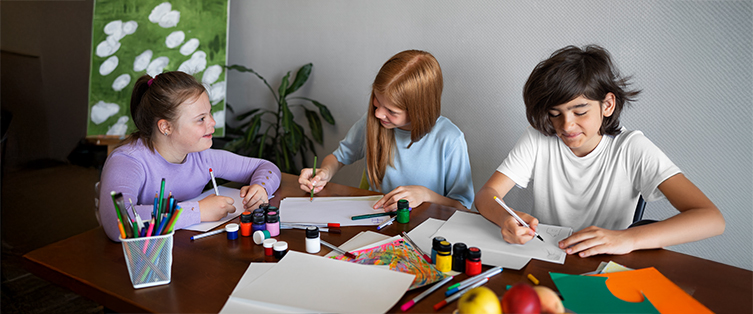
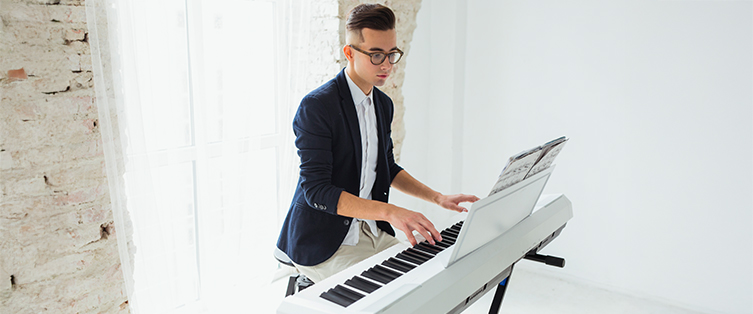
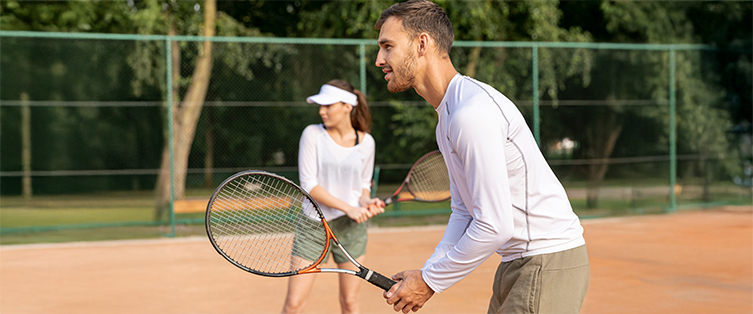
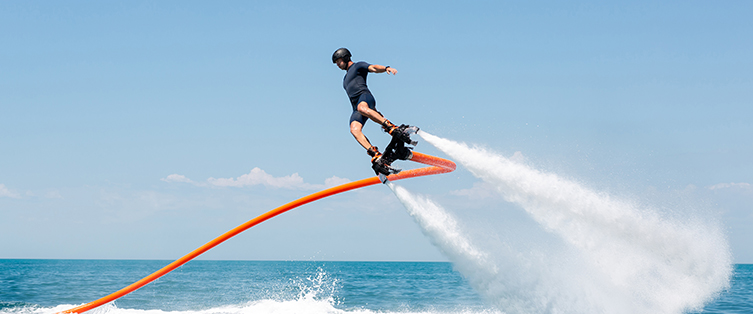
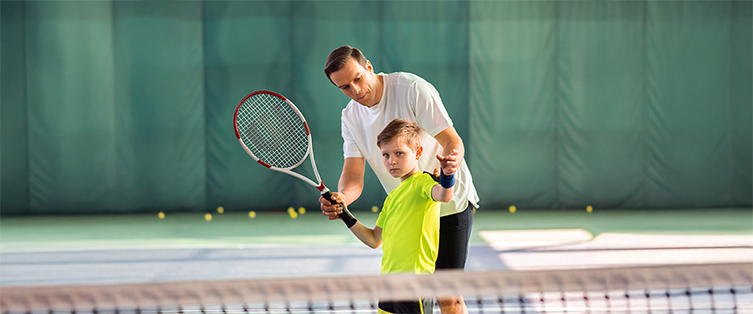
Leave a Reply